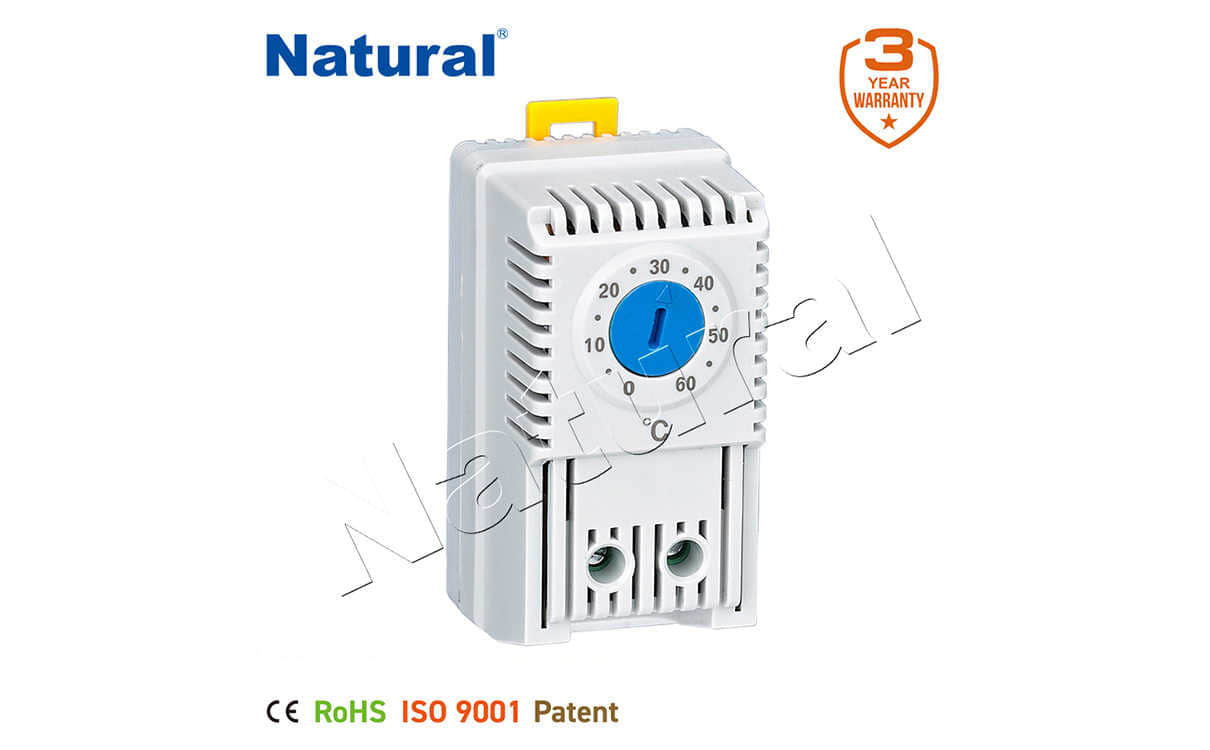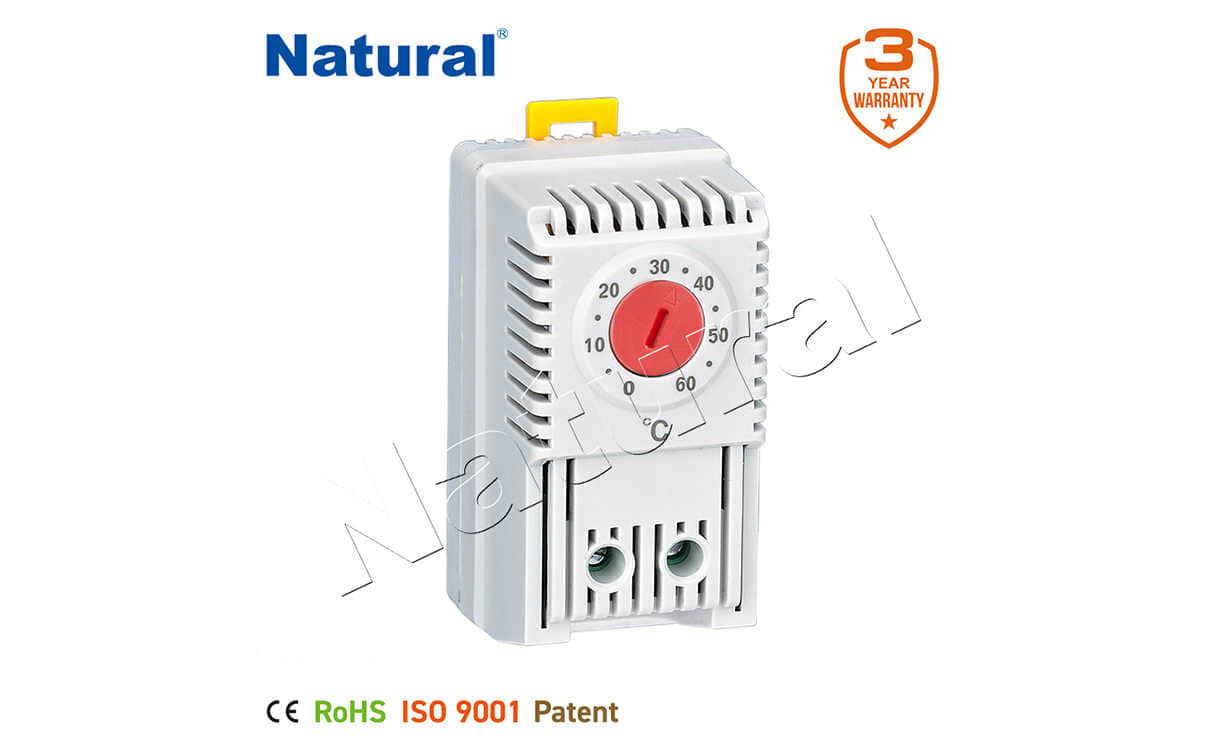understanding the control panel thermostat: an essential device for efficient temperature management
Release time:2025-05-08 03:11:14
A control panel thermostat is an indispensable component in various heating, ventilation, and air conditioning (HVAC) systems. It plays a crucial role in maintaining the desired temperature in a room, building, or specific area, contributing to energy efficiency and comfort. Over the years, the control panel thermostat has evolved from simple mechanical devices to advanced digital systems with a range of features that provide convenience, precision, and remote accessibility. In this article, we will explore the significance, functionality, types, and benefits of control panel thermostats.

What is a Control Panel Thermostat?
At its core, a control panel thermostat is an electrical device that regulates the temperature of a space by controlling the operation of a heating or cooling system. It typically consists of a user interface (the control panel), sensors, and electronic components that communicate with the HVAC system. The user interface allows individuals to set their desired temperature, and the thermostat then adjusts the system accordingly to maintain that temperature. This continuous adjustment ensures that the room or building remains at a comfortable temperature while preventing the system from overworking, which can save energy and reduce costs.


 28 items Patent
28 items Patent
 28 items Patent
28 items Patent
 28 items Patent
28 items Patent










